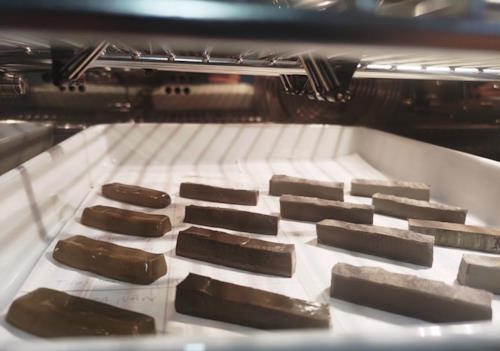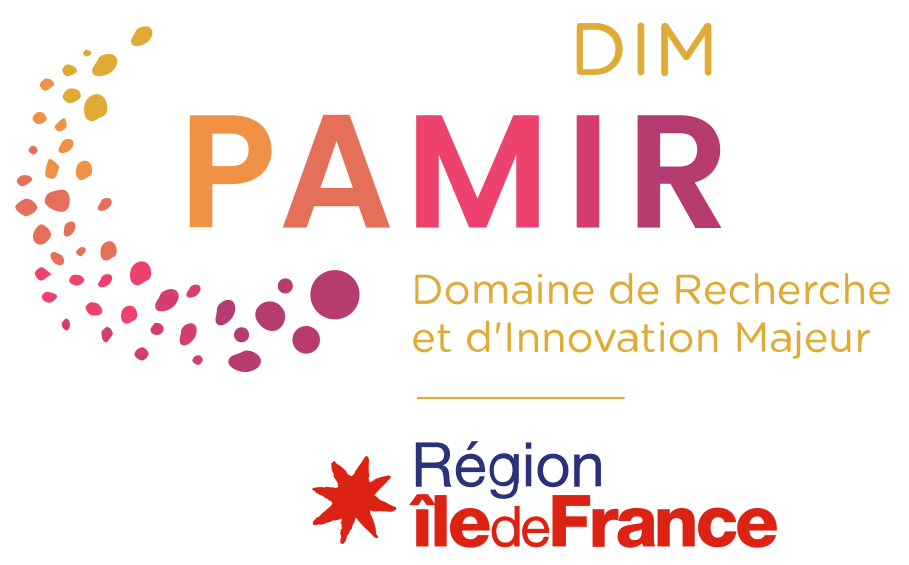
RUBBER-AGE
Characterization of natural and synthetic degraded rubbers by Pyrolysys-GC-MS
Scientific responsibility :
- Eleonora Pellizzi
Methodological axes :
Thematic fields :
Disciplinary sectors :
Partnership :
Funding :
- DIM PAMIR
Project ID : IDF-DIM-PAMIR-2023-10-009
Summary :
Since 2021, the LST-BnF laboratory has been working in collaboration with the MNAM, C2RMF and the CICRP on the conservation of rubber within cultural heritage collections. The ESPyON project (funded by the FSP) enabled the creation/development of a Py-GC/MS database for the identification of elastomers contained within cultural heritage objects. This last year of the project has focused on the production of test samples, artificially aged in the laboratory to try to reproduce the degradations visible on the collection objects in order to better characterize historical rubbers. Samples of natural and synthetic, vulcanized and non-vulcanized rubber were tailor made for the study of reference material of known composition. These test samples are being subjected to different accelerated ageing: through thermo-oxidation in a climatic chamber and photo-oxidation in a light aging chamber. The samples are removed from the chambers at regular intervals. The accelerated aging will come to an end at the start of 2024. The intern will need to train in the use of Py-GC/MS and learn how to follow the analytical protocol developed in the lab and currently used to characterize rubbers. They will analyse the artificially aged samples using the same protocol. They will then learn how to process the chromatographic data so that they can be entered into the database created at LST-BnF and highlight the differences between the non-aged and aged rubbers. Finally, they will look for possible differences between natural and synthetic or between vulcanized and non-vulcanized rubber. The identification of degradation markers for rubber will help with identifying these materials within cultural heritage collections. The intern will then be able to compare the data obtained from the aged samples with that obtained from objects originating from national collections.
Intern: Ibrahim Elkhamessy

